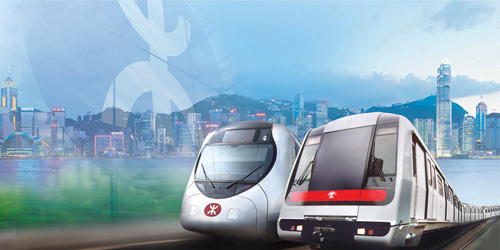Much of the things we do right now will heavily impact future generations. This goes beyond the political and economic actions that we take — how much we take into account the growth and development of children in our decisions are also important.
Looking at our cities, much information about how a city performs can actually be gained by looking at our children. How much and how capable are they to go and play outdoors? How safe is it for them to maneuver and explore the city? How much are they exposed to nature?
Multinational professional services firm Arup proposes that inclusive urban planning is also a matter of making our cities child-friendly. This is the focus of their study, Cities Alive: Designing for Urban Childhoods.
Why do we need to make our cities child-friendly? Let’s dig deeper.
The benefits of child-friendly cities
Children are exposed to pretty much the same problems that adults face:
From our partners:
- Traffic & pollution
- High-rise living and urban sprawl
- Crime, social fears, and risk aversion
- Inadequate and unequal access to the city
- Isolation and intolerance
To take into account these problems is not only to solve the problems of children but also the problems of the city in general. The benefit of a child-friendly take in urban planning is that the growth and development of children as the next generation’s adults will also be well taken into account.
Two fundamental concepts
A child-friendly take on urban planning involves adding two fundamental concepts into the mix: everyday freedoms and children’s infrastructure.
Allowing the everyday freedoms of children infuses their ability to play and socialise independently. Allowing children to play and explore is a crucial part of their healthy development. Since the needs of children vary from each stage of their life, the everyday freedoms of children must be ensured for each.
Arup defines children’s infrastructure as “the network of spaces, streets, nature and interventions which make up the key features of a child-friendly city.”
According to Arup, giving attention to the children’s infrastructure will lead to connected, multifunctional, intergenerational, and sustainable public spaces for urban dwellers in general.
Concrete steps
In order for cities to be child-friendly, Arup also proposed concrete steps that can be taken to improve the child-friendliness of the city:
Leading the way
Child-friendly city designs offer a fresh perspective on how we can improve urban living. Everything that we do and decide right now will be molding the future that our children will be having.
With this in mind, we should take the matter of developing our cities seriously. Making our cities inclusive for our children is one way to do so.
















